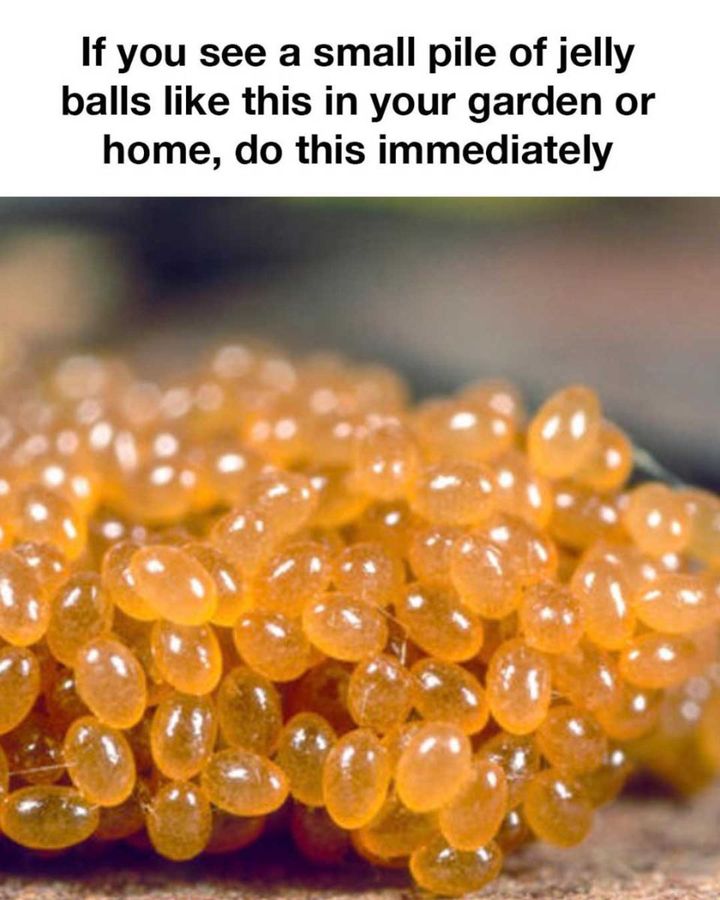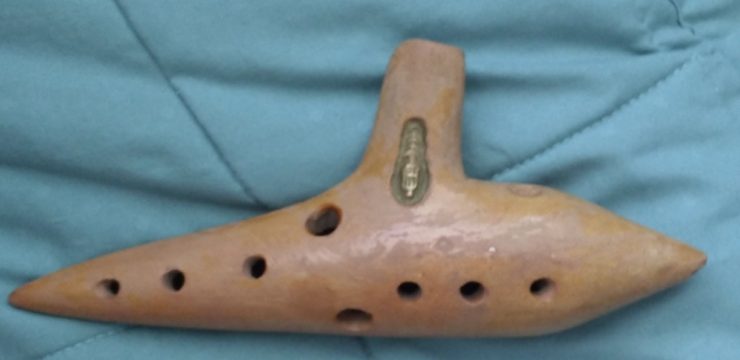At first glance, tick eggs may seem completely harmless—just tiny, jelly-like clusters tucked away in quiet, hidden spots. But beneath their unassuming appearance lies a serious potential threat. These eggs are part of a reproductive cycle that, if left undisturbed, can lead to a full-blown tick infestation.

Understanding how ticks reproduce and where they tend to lay their eggs is essential for keeping your home and outdoor spaces safe. Female ticks are capable of laying thousands of eggs at once, often depositing them in soil, piles of leaf litter, garden beds, or even inside homes in dark, humid corners. Once laid, the eggs go through several stages—hatching into larvae, developing into nymphs, and eventually maturing into adult ticks. Without intervention, this cycle continues and expands, making early identification and prompt removal extremely important. Tick eggs are typically brownish-red and incredibly small, often compared to tiny jelly balls or beads. They’re most commonly found in clusters in dark, moist areas, such as underneath stacked firewood, within dense vegetation, or inside homes in cracks, corners, or hidden crevices.
Regular inspections of these types of areas—especially if you live in a tick-prone region or have pets that spend time outside—can help detect these eggs before they hatch. Although the eggs themselves don’t bite or spread disease, their presence is a clear indicator that adult ticks are or soon will be nearby. This matters because ticks are well-known carriers of dangerous illnesses like Lyme disease, which can affect both humans and pets. A single adult female tick laying thousands of eggs can result in a massive increase in the tick population around your home if not addressed. Taking action as soon as tick eggs are discovered is crucial to preventing these diseases from spreading. If you happen to spot a cluster of tick eggs, it’s important not to panic but also not to ignore it.
Do not handle the eggs with your bare hands. Instead, put on disposable gloves or use a tissue to carefully gather the egg cluster and seal it in a plastic bag before disposing of it safely. Additionally, remove any nearby leaf litter, dirt, or organic debris that may harbor more eggs or adult ticks. Cleaning the area thoroughly helps prevent re-infestation. For a more effective removal process, consider using a diluted bleach solution to spray the area where the eggs were found. This can help kill any remaining eggs or larvae that you might have missed. Inside the house, vacuuming the area where eggs were discovered is also highly effective.
It removes not only the eggs but also any adult ticks that may be lurking nearby. Outdoors, you can apply diatomaceous earth—a fine, natural powder made from fossilized algae—to areas where tick eggs are found. This non-toxic substance dehydrates and kills ticks on contact. To prevent future tick infestations, maintaining both your yard and your home is key. Mow your lawn regularly, remove piles of leaves, and trim overgrown vegetation. You can create a barrier of gravel or wood chips between wooded areas and your lawn to reduce tick migration into your yard. Inside, keep clutter to a minimum, vacuum often, and wash pet bedding regularly. If you have pets that spend time outside, use tick repellents recommended by your veterinarian and inspect them frequently for ticks, especially around the ears, neck, and paws. However, if your efforts to control the tick problem aren’t working or if you find repeated clusters of eggs, it may be time to bring in professional pest control. Trained experts can inspect your property more thoroughly, identify hidden breeding grounds, and apply targeted treatments to eliminate ticks and their eggs. They can also offer long-term strategies to keep ticks from returning, giving you greater peace of mind. In summary, while tick eggs may look small and harmless, they represent a major warning sign. Taking early action, using safe removal techniques, maintaining a clean environment, and calling in professionals when needed are all critical steps in protecting your home, your pets, and your family from the dangers ticks can bring.





